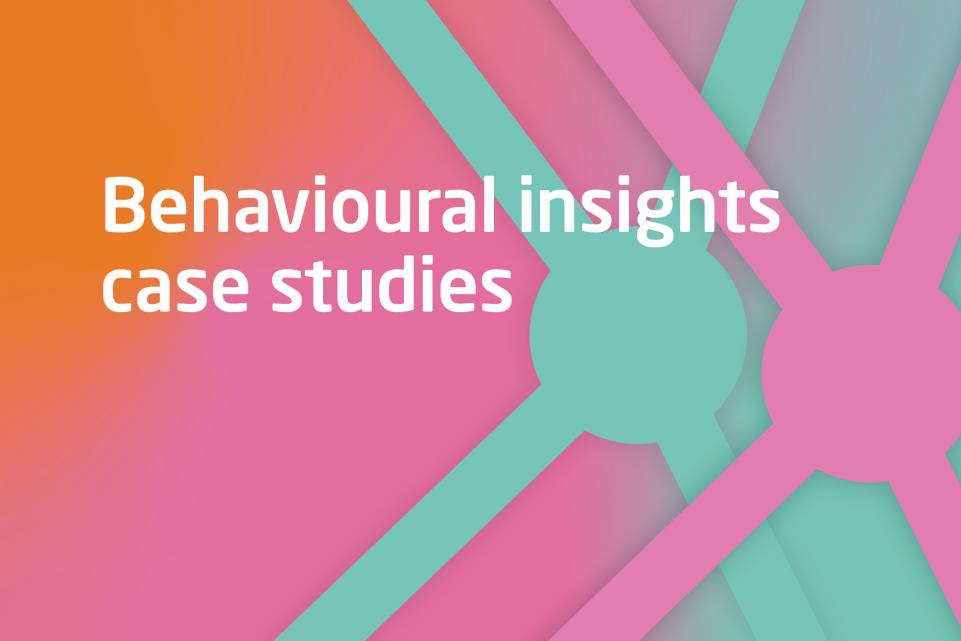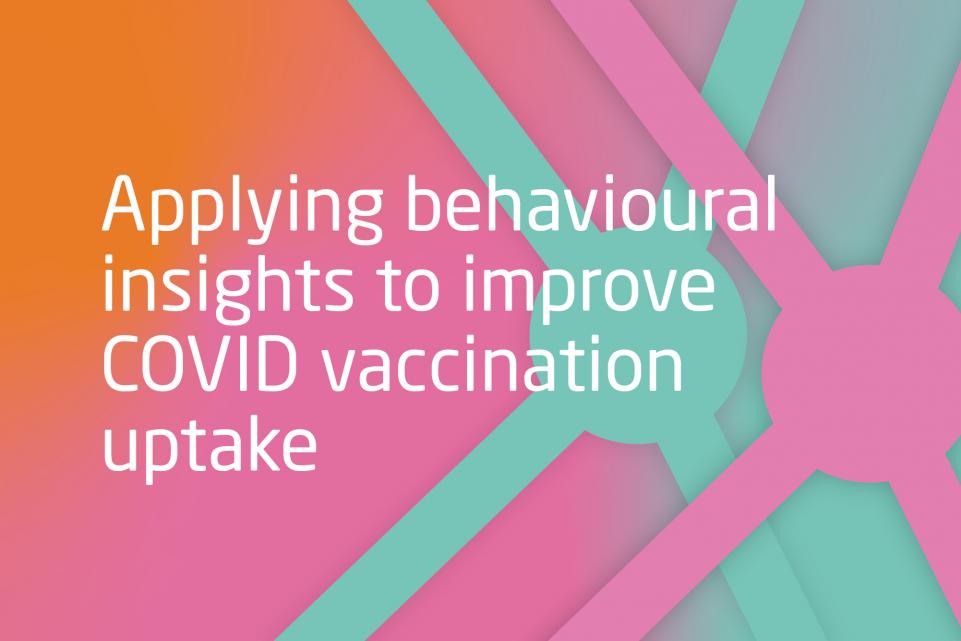Although there is not sufficient evidence to confirm this, it is probable that individuals will be less likely to adhere to preventative measures as the vaccine is rolled out.
In a national poll (YouGov, 2020) 29 per cent said they were less likely to follow the rules after vaccines and 11 per cent said they would not follow the rules. These ratios were higher in younger populations.
In the following section we provide a set of behavioural insights that might be effective along with potential ideas of how to apply them.
Behavioural insights
- Provide timely and salient reminders. Councils are using vaccine appointment reminders, council tax bills and other opportunities to emphasise messages related to prevention and compliance to protect the vulnerable and accelerate the relaxing of lockdown measures.
- Communicate vaccine facts clearly.
- Intervention example: provide people with leaflets after vaccination. The leaflets will clearly say they might be still vulnerable and can still put others in danger (i.e., they can transmit the virus)
- Even getting vaccinated leaves some risk. Find balance between communication of vaccine benefits and emphasising the continued risk.
- Communicate the continuous existence of risk (but do not scare people).
- Intervention example: use trusted community messengers who say “The risk is still here. I wear my facemask to protect myself and close ones.”
- Highlight what people have already successfully done. Now we need to wait patiently to see R decreasing. It makes no sense to give up at this “final line” (appeal to sunk costs and cognitive dissonance)
- Intervention example: social media posts by local council stating something along the lines of “I protected lives at the beginning of the pandemic, and I’ll continue protecting them until we’ve reached the finish line.”
- Prosocial motives.
- Intervention example: “Even those who are vaccinated can transmit COVID-19. Let’s protect those who still haven’t been given a chance to get vaccinated. They are still vulnerable.”
Read this special report by SPI-B on post-vaccination behaviour
Featured pages
Three-step guide to encourage COVID-19 vaccinations
Working with The Behaviouralist we have developed a three-step guide to help councils.

COVID-19: Behavioural insights case studies
A series of case studies showing how councils are using behaviour change techniques to increase vaccine uptake and COVID-19 regulation adherence.

Applying behavioural insights to improve COVID vaccination uptake: a guide for councils
This publication focuses on the work councils can undertake to improve vaccine uptake.

